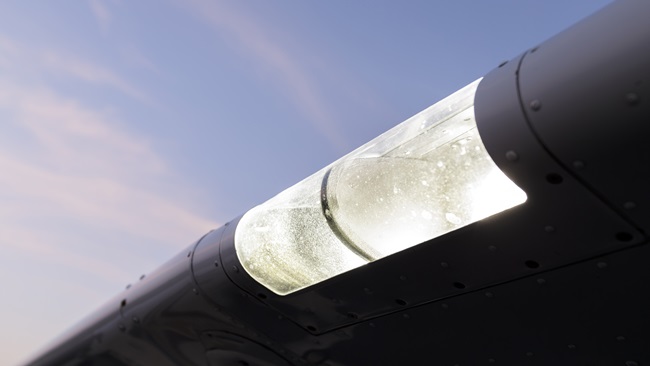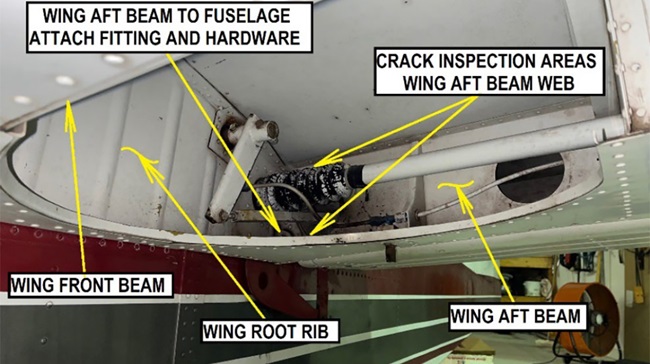Few features are more striking on an aeronautical chart than a mass of special-use airspace near a planned destination or straddling a proposed route. When the portentous polygon carves airspace into a complex of military operations areas and restricted areas—perhaps overlapping—be sure to review your charts and flight information publications carefully before venturing in.
To reinforce that concept, your instructor, never a slouch at squeezing smidges of detail out of a flight-planning session, awaits you with charts unfolded. Curiously, alongside the L-24 low altitude en route chart is a Jacksonville sectional, both arranged to show the southern Georgia coast near the Malcolm McKinnon Airport in St. Simons, and to the west, special-use airspace that includes the several Coastal MOAs, and adjacent restricted areas.
Why both charts? The flight you are planning, to attend the AOPA Regional Fly-In in St. Simons on Nov. 8, is for IFR proficiency. No doubt the answer will emerge once the grilling begins.
The CFII is pointing to a spot on the sectional northwest of the Jesup-Wayne County Airport, and south of V578, inside the Coastal 5 MOA. You examine the special-use airspace information provided in tables printed on the charts, and read off the altitudes and times of use, the controlling agency, and "A/G call" (given on the IFR chart as"ZIX CNTR/FSS" and on the VFR chart simply as Jacksonville Center). It seems odd that the sectional’s special-use airspace information leaves Coastal MOA frequency columns blank, until you notice a communications box for the Coastal MOA Advisory Service.
The CFII lifts the finger to reveal a spot on the chart where two military training routes cross. "Tell me about these."
IR23, you explain, is a route with operations conducted under IFR "regardless of weather conditions." VR1066 operations are visual, but "flight visibility must be 5 miles or more; and flights must not be conducted below a ceiling of less than 3,000 feet AGL."
Your next task seems simple enough: Locate the intersection of the IR and VR on the L-24 chart. Seems it should show up just southwest of WABIT—but only IR23 appears. The Aeronautical Information Manual Section 3-5-2 explains. The L-chart "will depict all IR routes and all VR routes that accommodate operations above 1,500 feet AGL."
What was the giveaway that VR1066 would not appear? Its four-digit designation identifying it as a military training route with no route segment above 1,500 feet agl.



